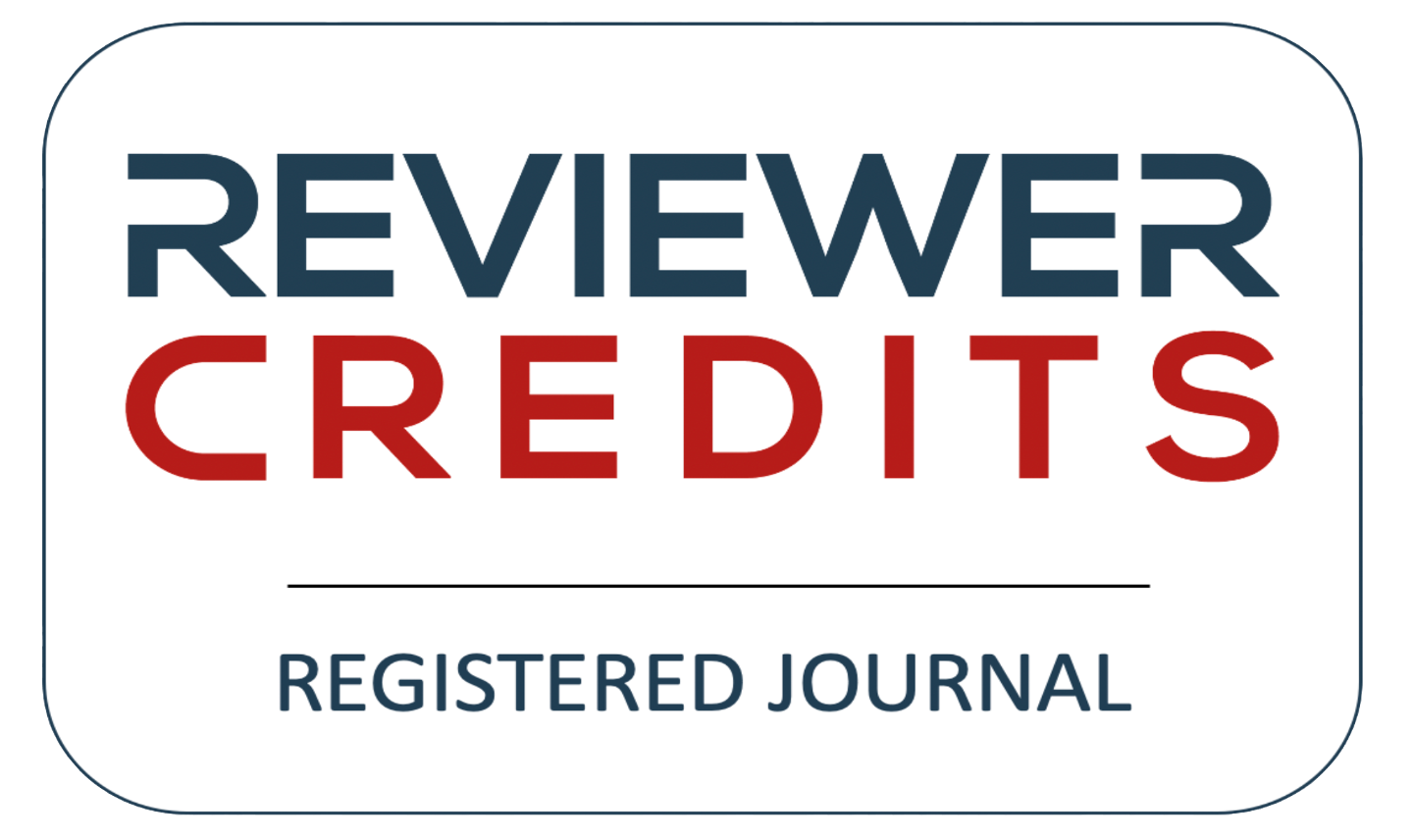Welfare assessment of horses ridden in the Costa Rica National Horse Parade
Abstract
The National Horse Parade of Costa Rica (NHPCR) is an equestrian event held annually to celebrate the national day of the horse rider. Public concern regarding the welfare of horses and riders during the event has increased due to the removal of horses in poor body condition, spine injuries, and hoof problems. An Assessment of horse behavior and stress response during these events has never been conducted. The objective of this study was to evaluate the horse behavior, fecal glucocorticoid metabolites and body weight as indicators of welfare during the NHPCR. In the Experiment 1, body weight and fecal glucocorticoid metabolites were measured in 13 Costarricense de Paso horses participating in the NHPCR. All measures were recorded at the horses' home stable 48 hours before and 24 hours after the event. In Experiment 2, three stations (equally spaced along the 3-kilometer parade route) were used to randomly conduct a scan sampling of the behavior of 513 horses. Eye-wrinkle and eye-white presence were recorded on 48 horses using photographs taken during the event. Fecal glucocorticoid metabolites showed no significant differences (p>0.05) at the two time points in the horses evaluated, and there was a significant weight loss (-7.08 kg) 24 hours after the event (p=0.00034). The scan sampling provided evidence that traits such as sweating (60.74%), bit chewing (54.70%), and active gait (65%) were more common than head tossing (28.88%), neck above the withers (6.83%), hyperflexion (28.71%), and ears pinned backwards (31.19%). A strong eye wrinkle was detected on 70% of the horses, while only 16% had the presence of eye-white. Although our results for fecal glucocorticoid metabolites were not conclusive, other behavioral traits indicated that over fifty per cent of the horses attending the NHPCR experience some level of stress.
Downloads
References
Camacho, C. 2017. Siete personas detenidas en Tope Nacional. Consulted on September 23, 2020. Available at https://www.teletica.com/147242_siete-personas-detenidas-en-tope-nacional
Cehak, K. Rohn, A.K. Barton, P. Standler, B. Ohnesorge. 2010. Effect of head and neck position on pharyngeal diameter in horses.Vet Radiol Ultrasound, 51, pp. 491-497
Christensen, J., Beekmans, M., Van Dalum, M., VanDierendonck, M. 2014. Effects of hyperflexion on acute stress responses in ridden dressage horses. Physiol. Behav., 128, pp. 39-45.
Elgersma,A,E., I.D. Wijnberg, J. Sleutjens, J.H. van der Kolk, P.R. van Weeren, W. Back. 2010. A pilot study on objective quantification and anatomical modeling of in vivo head and neck positions commonly applied in training and competition of sport horses. Equine Vet J, 42, pp. 436-443
Flauger, B., K, Krueger., H, Gerhards.,E, Möstl. (2010). Simplified method to measure glucocorticoid metabolites in faeces of horses. Veterinary research communications, 34(2), 185–195. https://doi.org/10.1007/s11259-010-9344-y
Fureix C.,H, Benhajali., S, Henry., A, Bruchet., A, Prunier.,M, Ezzaouia.,C, Coste., M, Hausberger.,R, Plame.,P , Jego . Plasma cortisol and faecal cortisol metabolites concentrations in stereotypic and non-stereotypic horses: Do stereotypic horses cope better with poor environmental conditions? BMC Vet. Res. 2013;9:3. doi: 10.1186/1746-6148-9-3.
Harris R. B. (2015). Chronic and acute effects of stress on energy balance: are there appropriate animal models?. American journal of physiology. Regulatory, integrative and comparative physiology, 308(4), R250–R265. https://doi.org/10.1152/ajpregu.00361.2014
Hintze S., S, Smith., A, Patt., I, Bachmann .,H, Würbel. 2016. Are Eyes a Mirror of the Soul? What Eye Wrinkles Reveal about a Horse’s Emotional State. PLoS ONE 11(10): e0164017. https://doi.org/10.1371/journal.pone.0164017
Franceschini, M., Rubenstein, D., Low, B., Romero, L. 2008. Fecal glucocorticoid metabolite analysis as an indicator of stress during translocation and acclimation in an endangered large mammal, the Grevy's zebra. , 11(4), 263–269. doi:10.1111/j.1469-1795.2008.00175.x
Merkies, K., C, Ready., L, Farkas., A, Hodder.2019. Eye Blink Rates and Eyelid Twitches as a Non-Invasive Measure of Stress in the Domestic Horse. Animals. 9(8):562
Pena, S. 2015. 21 caballos con problemas de salud fueron retirados por SENASA del Tope Nacional. Consulted on September 23, 2020. Available at: https://www.teletica.com/112241_21-caballos-con-problemas-de-salud-fueron-retirados-por-senasa-del-tope-nacional
SENASA. 2018. SENASA supervisará tope y corridas de toros. Consulted on September 23, 2020. Available at https://www.senasa.go.cr/informacion/noticias/315-senasa-supervisara-tope-y-corridas-de-toros
VonBorstel, U., Duncan,I., Shoveller, A., Merkies, K., Keeling, L., Millma, A. 2009. Impact of riding in a coercively obtained Rollkur posture on welfare and fear of performance horses. Appl Anim Behav Sci, 116, pp. 228-236
Wathan, J., A, Burrows., B, Waller., K, McComb. 2015. EquiFACS: The Equine Facial Action Coding System. PLOS ONE 10(9): e0137818. https://doi.org/10.1371/journal.pone.0137818
Young, T., E, Creighton., T, Smith.,C, Hosie.2012. A novel scale of behavioural indicators of stress for use with domestic horses. Appl. Anim. Behav. Sci. 140, 33–43.
Copyright (c) 2022 Ana Margarita Arias Esquivel

This work is licensed under a Creative Commons Attribution-NonCommercial-ShareAlike 4.0 International License.





